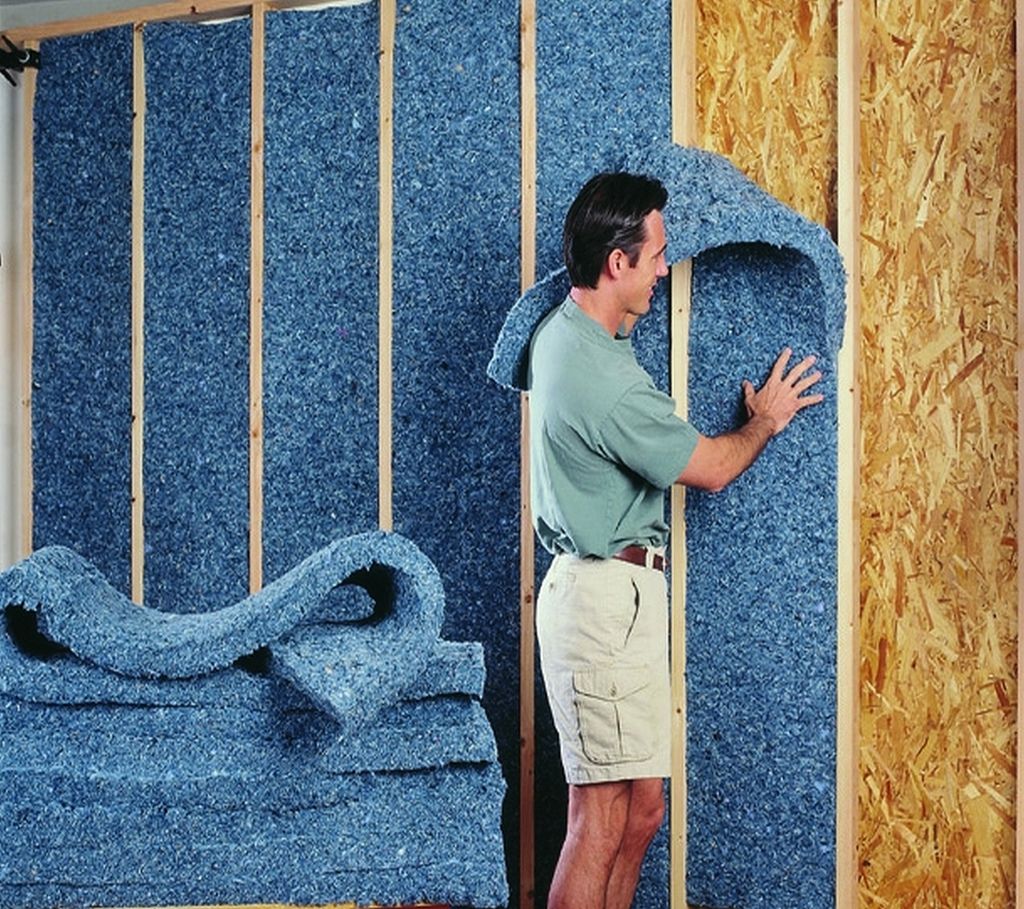In order to comply with regulations and construction in accordance with energy efficiency standards, it is necessary that all facilities be thermally insulated. Thermal insulation reduces heat losses during winter and prevents overheating. Also, such an object has a longer lifespan and better tolerates temperature fluctuations. The direct consequence is less use of electricity for heating and cooling, and therefore less electricity bills. The https://foamworks.ca/ is a place where you can get a spray foam insulation for your home.
Which material to choose?
A lot of different thermal insulation materials are available in the market, and the effects of the application depend on the choice, the thickness of the layer and the correct installation in the construction. In their choice, one should also take into account characteristics such as fire resistance, degree of resistance to moisture, hardness and durability.
Thermal insulation materials, depending on the origin of the raw material, are divided into mineral (stone and glass wool), and organic (polymers and natural materials).
Glass and stone wool
They are considered the most suitable isolator because they are permanent and unchangeable. During cold days, they are suitable due to the low coefficient of thermal conductivity, and during high heat, they are completely thermally stable, because their melting point is only 1000 degrees Celsius (700 degrees for glass wool). The surface temperature over the years can reach 80 degrees Celsius, where the inadequate insulation material melts.
They also provide good insulation against noise – the structure is fibrous, which means they absorb sound energy well and provide good acoustics. Another positive argument in favor of wool is that it is non-combustible material, so it can prevent the spread of fire and the emission of harmful gases. It is good to know that glass wool is a natural insulation material, with a high percentage of recycled materials, so that the walls can “breathe”.
Styrofoam
It represents synthetic material, type polystyrene, which occurs in two forms: expanded and extruded polystyrene. It is a material that is obtained from petroleum products, and the differences between the two forms depend on the technological procedures that are applied in their production. It is distinguished by good insulating properties, low water absorption and low permeability of water vapor.
It is important to know that its thermal conductivity depends on the moisture content, which means that every percentage of the absorbed moisture makes its thermal insulation properties worse. As far as its biological resistance is concerned, it is resistant to fungi and bacteria, and as it does not have nutritional value, it does not attract thermites and rodents. It is not subject to rotting and does not pose a risk to human health. The length of exposure to high temperatures will lead to its softening, and like other organic materials, and the polystyrene is inflammable.

